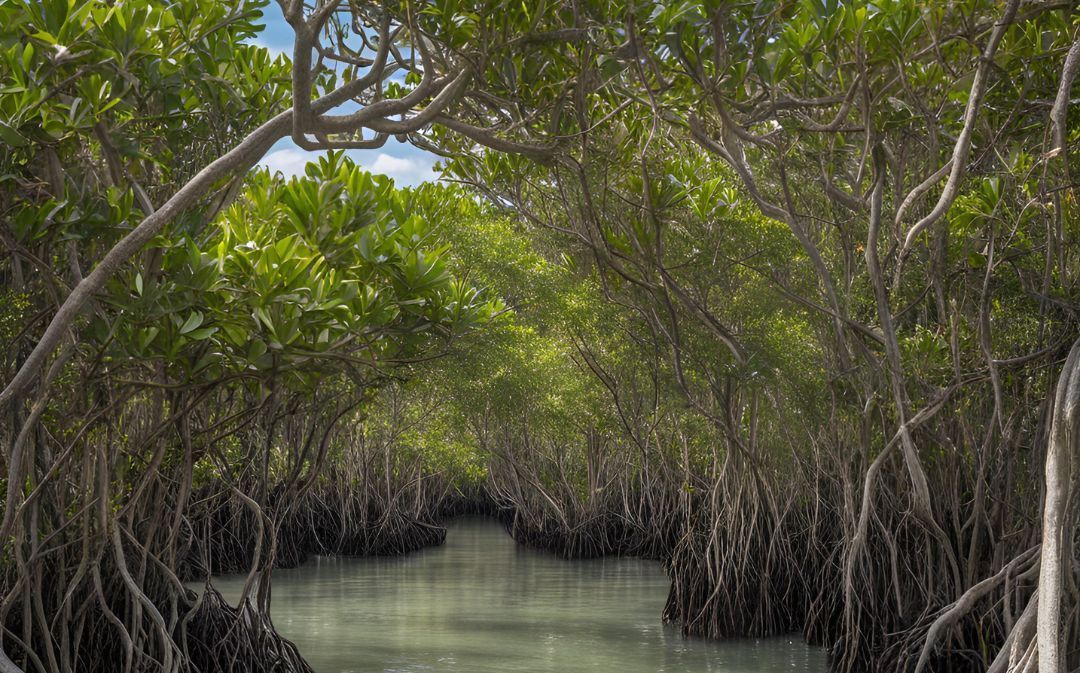
An expert has urged the reversion of 44,000 hectares or 80 percent of the ponds in the Manila Bay into mangroves to restore coastal protection, regulate flooding, control soil erosion, and promote fisheries production, which were adversely affected by “built-up structures in the name of progress and development.”
Dr. Jurgenne Primavera, chief mangrove scientific advisor at the Zoological Society of London, noted that before 1890, mangroves covered 74,000 hectares of Manila Bay's 200-kilometer coastline. Primevera also highlighted the name "Manila" itself is derived from "may nilad," with "nilad" referring to a type of mangrove that was once abundant in the bay.
Today, it has been reduced to 55,000 hectares of fishponds and only 1,000 hectares of mangroves. This means that 18,000 hectares have been converted to infrastructures in the name of “economic growth.”
A paper published in Science, the world's top scientific journal, reviewed dozens of mangrove research and concluded that a 4:1 ratio of mangroves to ponds or other uses is needed to attain the "highest economic value of all uses combined," including coastal protection, aquaculture, and fisheries.
“Following the science of a 4:1 mangrove-to-pond ratio for environmental sustainability, 44,000 hectares or 80 percent of these ponds in Manila Bay should be reverted to mangroves,” she stressed in an exclusive interview with Manila Bulletin.
In response to claims that the ratio may harm livelihoods, she emphasized that reverted mangroves would support fisheries directly, as sources of onsite clams, crabs, and shrimp, and indirectly, as nurseries for bigger fish caught offsite like snapper and mullets, noting that 1,000 hectares of fishponds can produce 2,000 tons of fish yearly.
“Towns in the provinces that experience chronic flooding will require political will over years and decades to come for their relocation to higher ground, to the more inland portions of the ponds that are to be reverted. This is what needs to be done for an ecological and economically sustainable future of Manila Bay, its marine habitats, and coastal communities,” she added.
Recent typhoons in the country have caused countless deaths and economic damages.
“While proper drainage and flood control systems are vital, greenbelts of mangroves are ultimately needed for a country that averages 20 typhoons yearly,” Primavera said.
The Philippine Reclamation Authority claimed that it was already addressing concerns by the Department of Environment and Natural Resources that reclamation projects harm natural waterways and exacerbate flooding.